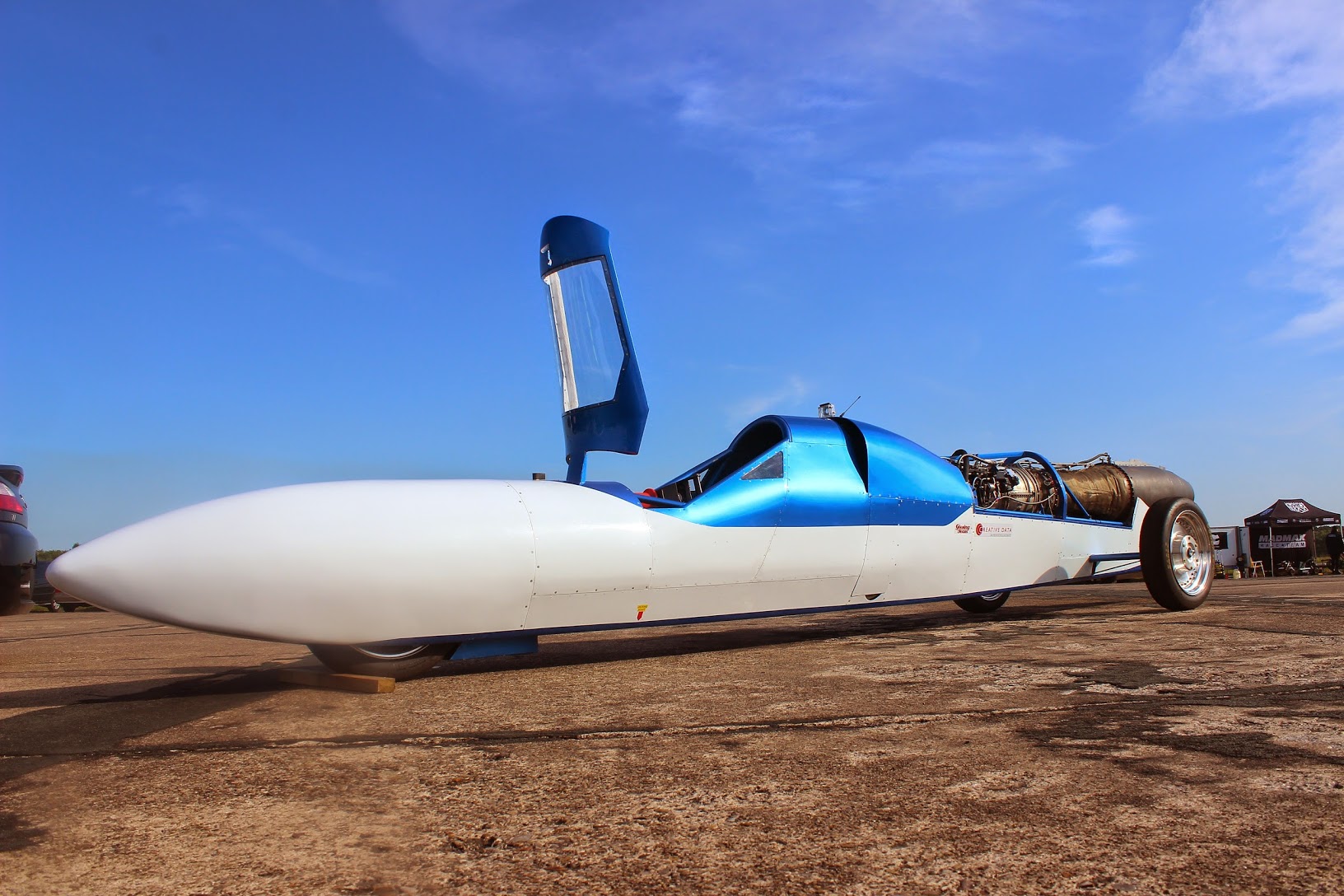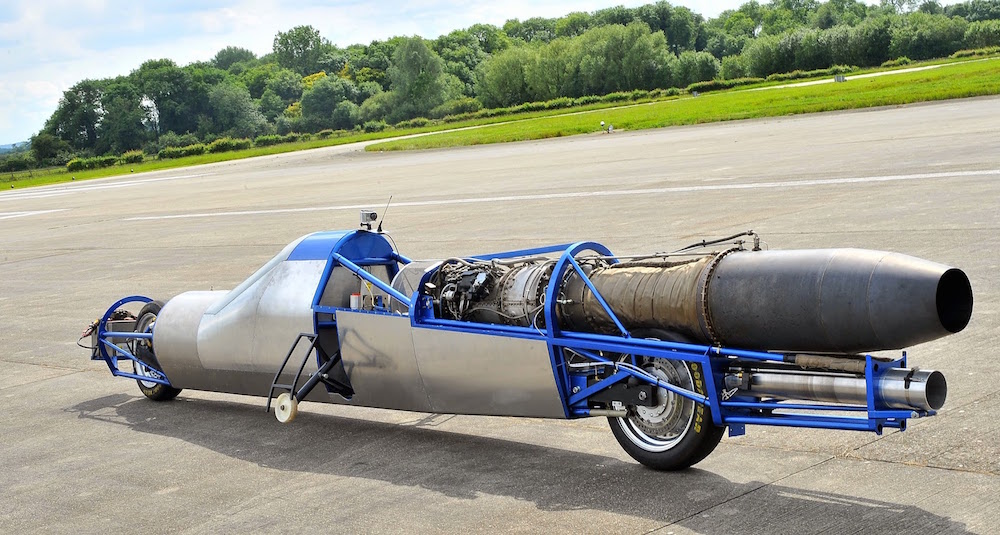Need for Speed: 'Jet Bike' to Attempt Record-Breaking Feat

A jet-powered vehicle that can travel the length of a football field in the blink of an eye will attempt to break the world two-wheeled land speed record later this year.
The goal of the "jet bike" — built by a team in Britain and dubbed Jet Reaction — is to travel more than 400 mph (644 km/h), or 587 feet per second, in order to beat the current fastest motorcycle record of 376.36 mph (605.69 km/h), set by an American team in 2010. To prepare for the attempt, the vehicle will undergo a speed test in the United Kingdom from May 23 to 25, team representatives said. The official record attempt will take place in September at Bonneville Salt Flats in Utah.
The speedy vehicle is powered by a modified helicopter engine. In contrast, all past record holders, and many current contenders, have been driven mechanically, by a chain or driveshaft (a rotating shaft that transmits torque from an engine). Jet Reaction is 20 feet (6.1 m) long and weighs 1,235 lbs. (560 kilograms) with fuel and oil. [See a video animation of the jet bike]
Need for speed
The jet bike was designed and built by Richard Brown, an engineer based in Oxfordshire, England. Brown said he's motivated purely by the technical challenge. "I'm not a thrill seeker," he said.
So what's it like to travel that fast? "The only thing I can liken it to is the onboard footage from a racing car — everything is blurring past," Brown told Live Science. Now, "imagine doubling [that speed]… You can almost see the curvature of the Earth."
Of course, it's dangerous as well. "The whole project is about a calculated risk, but the challenge is to engineer a vehicle that reduces that risk to an acceptable level," Brown said.
Get the world’s most fascinating discoveries delivered straight to your inbox.
Brown has been working on these vehicles since the mid-1990s, and has designed and built two similar vehicles. He came close to beating the record with a jet bike called Mach 3 Challenger in 1999, reaching a record speed for two wheels (at the time) of 332.887 mph (535.730 km/h). However, he was unable to make a return run due to unfavorable track conditions.
As fast as an airplane
But Brown has high hopes for his new jet bike.
"Technically, on paper, if everything were absolutely perfect, including a perfect course, 450 mph [724 km/h] is potentially possible," Brown said. But simply reaching that peak speed wouldn't set a new record, which is based on the average speed in two directions, he said.
A commercial airplane flies at about 450 to 500 mph (724 to 805 km/h) at its cruising altitude, where the air is only one-third as dense as air at sea level. "Very few aircraft could even attain these speeds on the ground," Brown said, so "it's not really a realistic comparison."
In fact, air resistance is the main technical hurdle his vehicle will have to overcome. That's why these vehicles are raced in places like Bonneville's dry lakebed, where the ground is flat and the air is dry and still. But even there, conditions can be highly variable. "We're all praying Mother Nature plays ball and leaves us with a nice dry, smooth surface on which to operate," Brown said. His team will be there for two weeks to wait for ideal conditions, with minimal crosswind.
Brown and his team have been testing Jet Reaction for the past year or two, gradually ramping up to higher speeds. After a few more test sessions, they hope to be ready for their record-breaking attempt.
The Jet Reaction group is the only British team competing for the record, but at least five other American teams will be vying for the honor, Brown said.
Follow Tanya Lewis on Twitter. Follow us @livescience, Facebook & Google+. Original article on Live Science.

 Live Science Plus
Live Science Plus






